Introductory Mineralogy Lab
Earth Science Extras
by Russ Colson
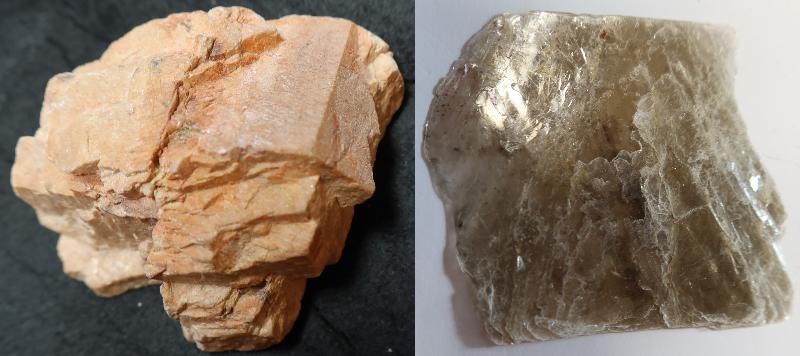
Introduction and gathering information
The purpose of this lab is to give you opportunity to think about how to make observations of minerals, how to interpret some of those observations, and then how to use those observations to identify minerals commonly seen in introductory geology labs. The possible minerals that you might see in these exercises are listed below, categorized by mineral group. There is also a listed of properties you should know for each mineral. You should search online and take notes about each of these minerals to familiarize yourself with their properties prior to starting the lab. You might also want to look at some pictures of the minerals. This data gathering step should take about an hour.
Possible Minerals:
- Sulfides: pyrite, galena, sphalerite
- Oxides: hematite, corundum, magnetite
- Carbonates: malachite, calcite
- Halides: halite, fluorite
- Silicates: quartz, muscovite, biotite, hornblende, pyroxene, plagioclase, orthoclase, talc
Important properties that you should make notes about for each mineral:
- common crystal forms,
- cleavage planes (number of planes and whether they are perpendicular or not perpendicular),
- hardness (particularly whether it is harder of softer than a fingernail, about 2.5 on Moh's scale, and harder or softer than a steel nail or glass plate, about 5.5),
- density (noting particularly dense minerals with a specific gravity more than say 4.5 or so for non-metallic minerals and 6 or so for metallic),
- color,
- streak,
- magnetism, elasticity, effervescence for particular minerals
- luster (mainly whether it is metallic)
Video of Mineral Measurements
The video below leads you through measurements and observations of key properties and features of twelve different minerals, with each mineral associated with a number in the video. For each numbered mineral, you should go through the observations in the video (including the guidance that I give you for how to think about what the observations are telling you), compare the observations to the list of mineral characteristics which you compiled in your mineral data gathering step above, identify the mineral, and then type the name of the mineral into the appropriate box in the exercises below. You should only use lower case letters and must spell the mineral correctly. You will probably want to load the video is a separate window from these exercises, so that you can rewatch segments, stop the video as needed, record the observations, and identify each mineral in turn, entering the mineral name in the exercises below.
Mineral Properties Measurement Video
Mineral Identification Exercise
Mineral 1
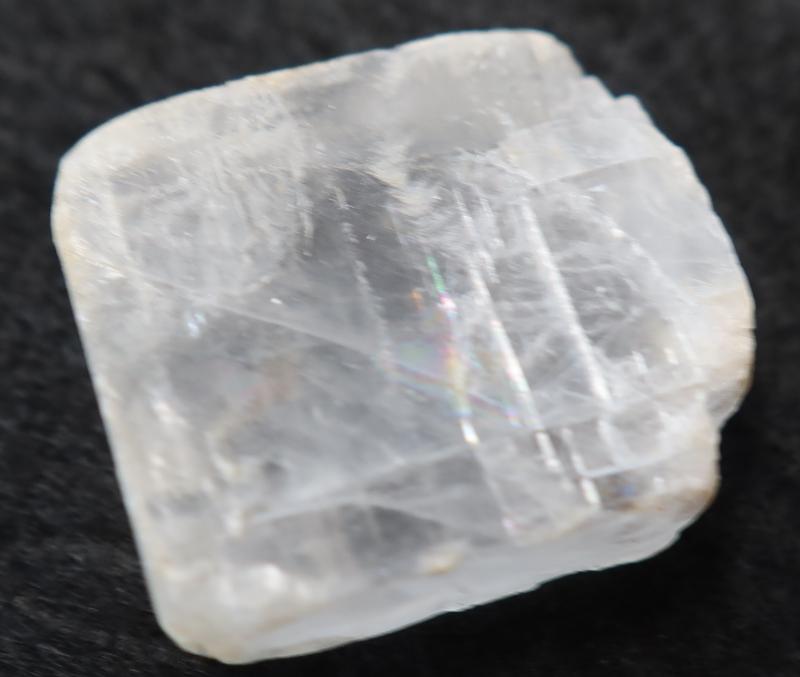
Mineral 2
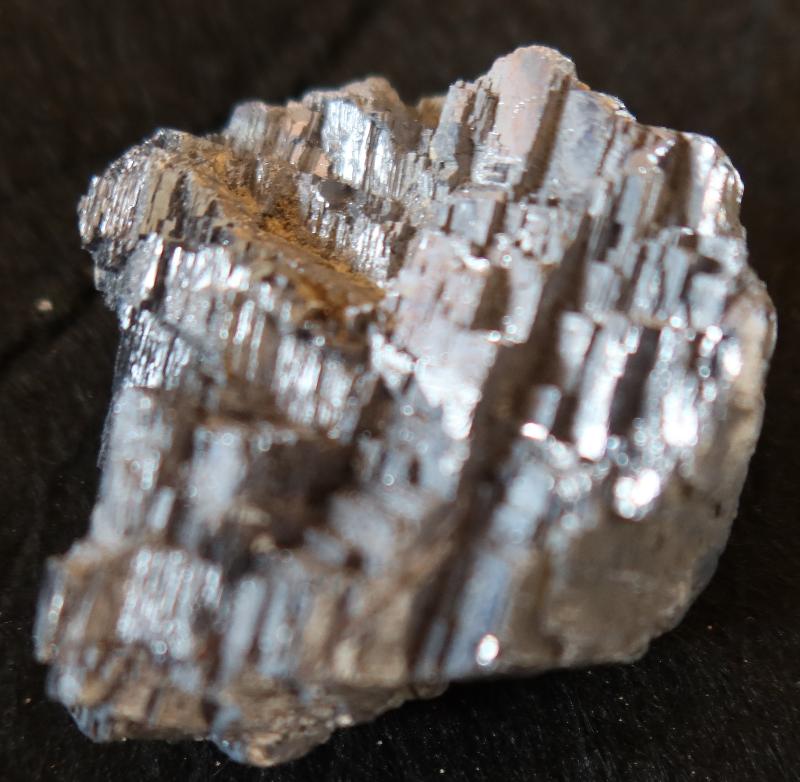
Mineral 3
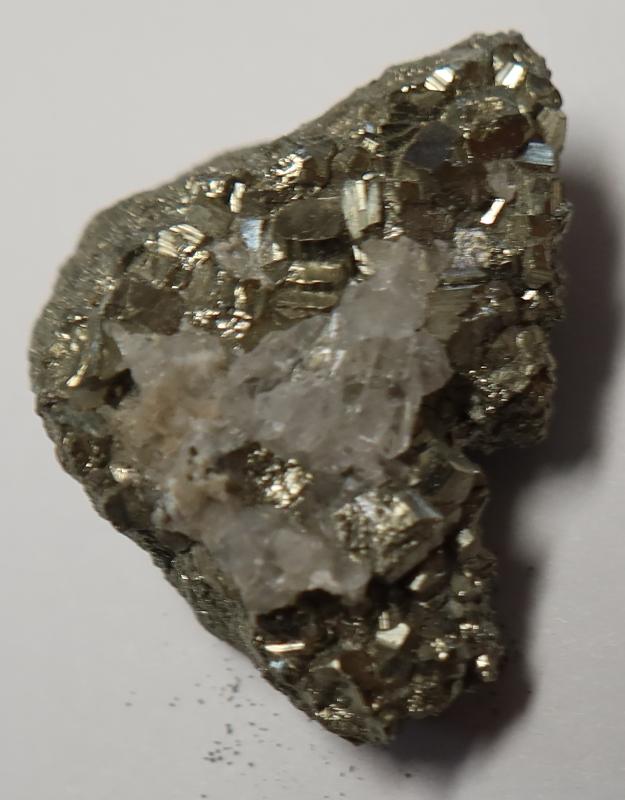
Mineral 4
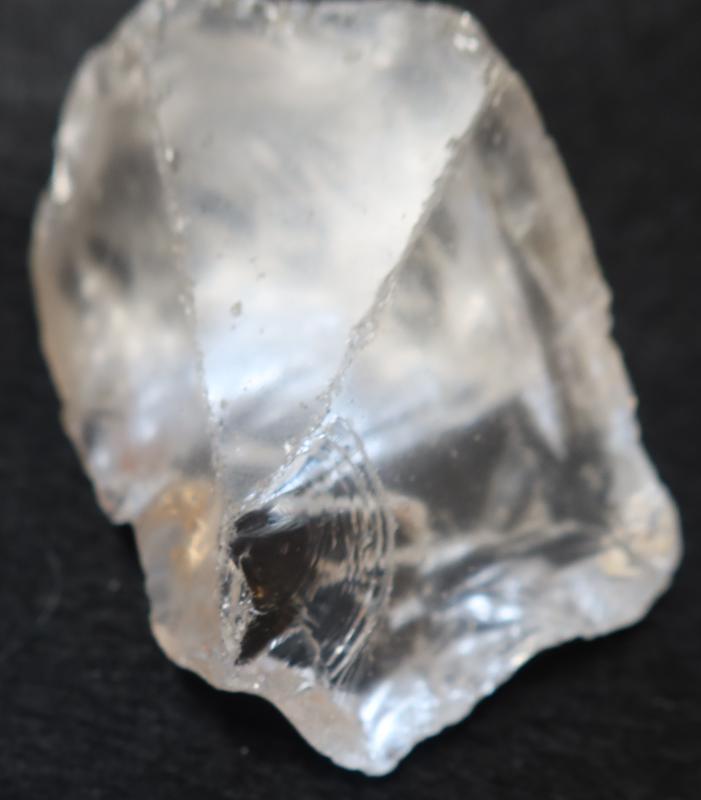
Mineral 5
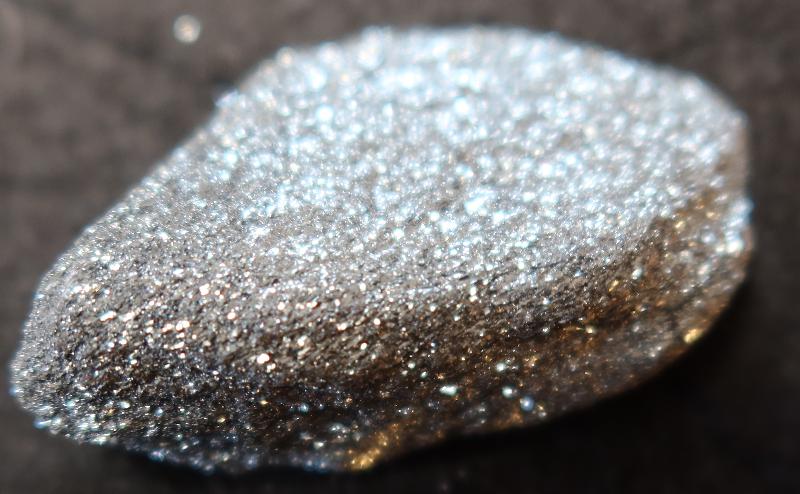
Mineral 6
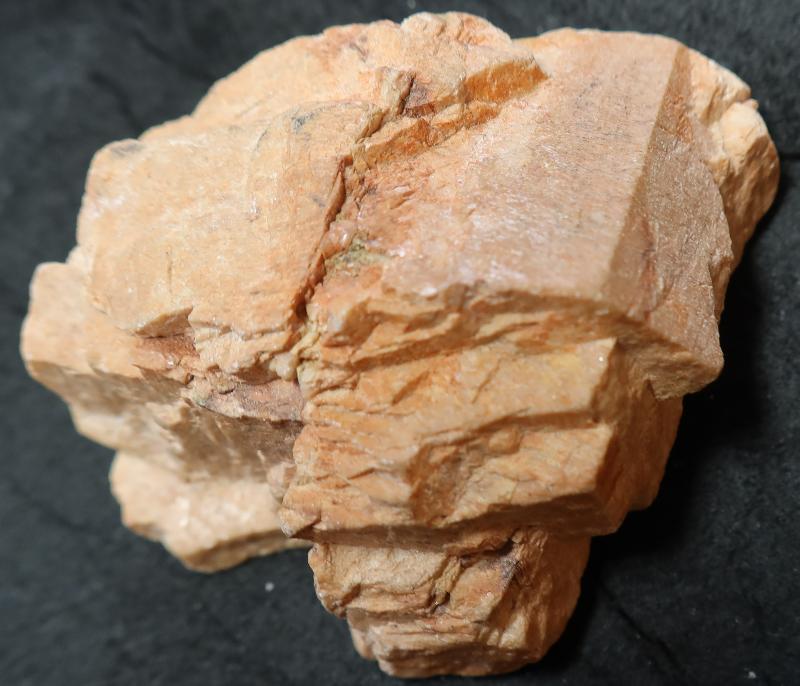
Mineral 7
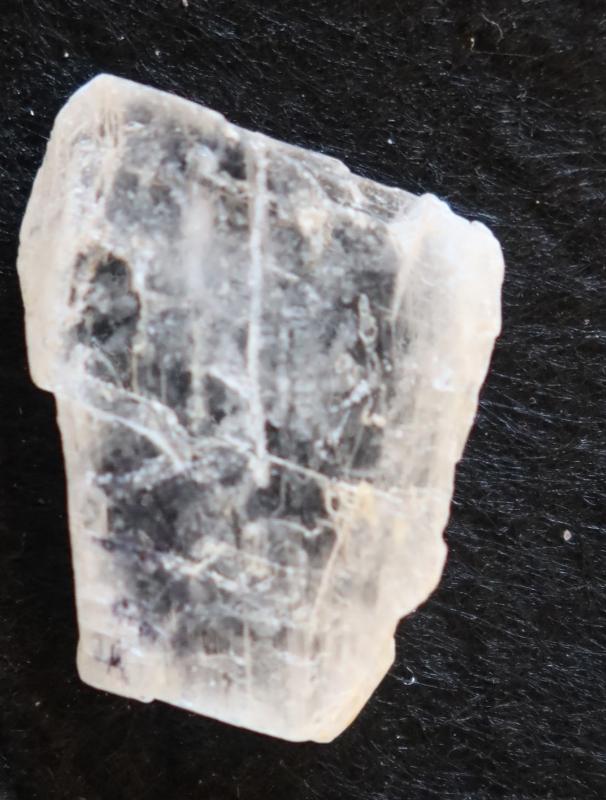
Mineral 8
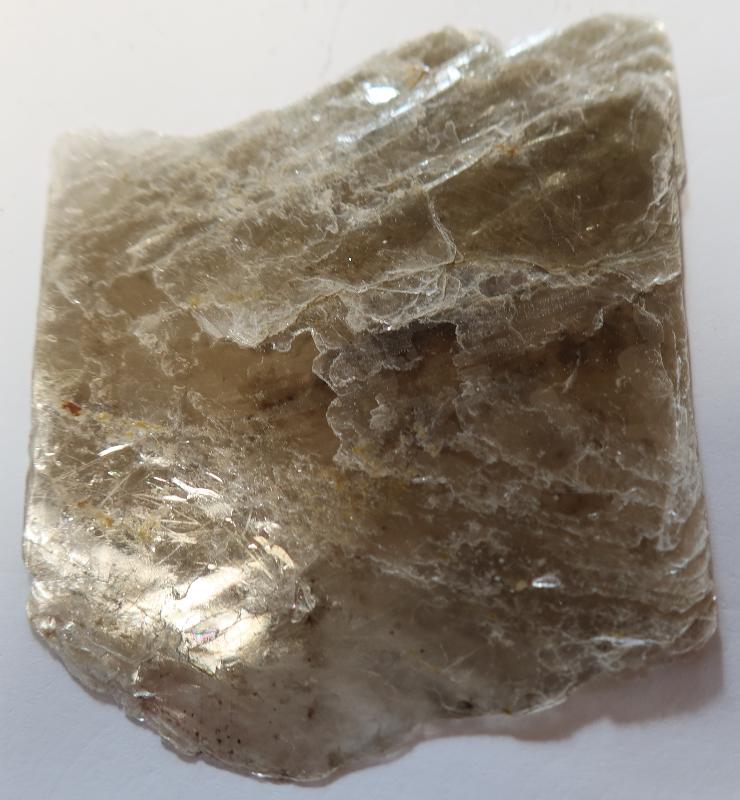
Mineral 9
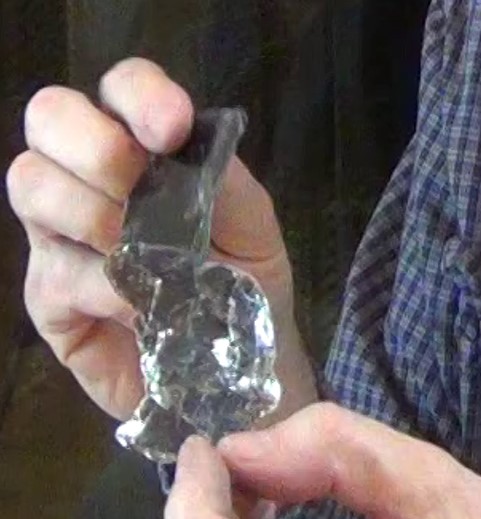
Mineral 10
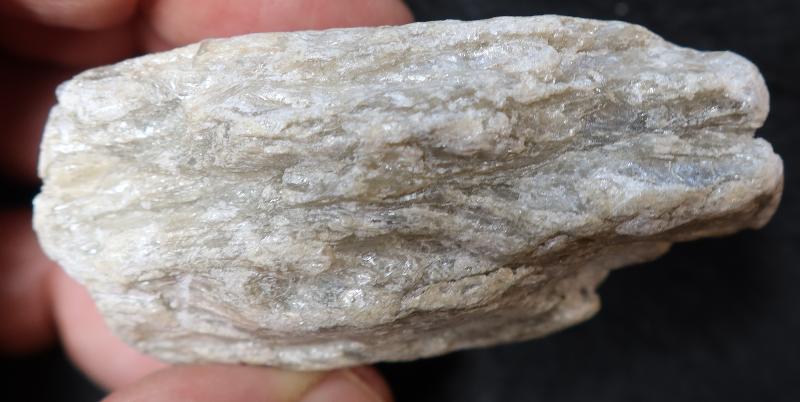
Mineral 11
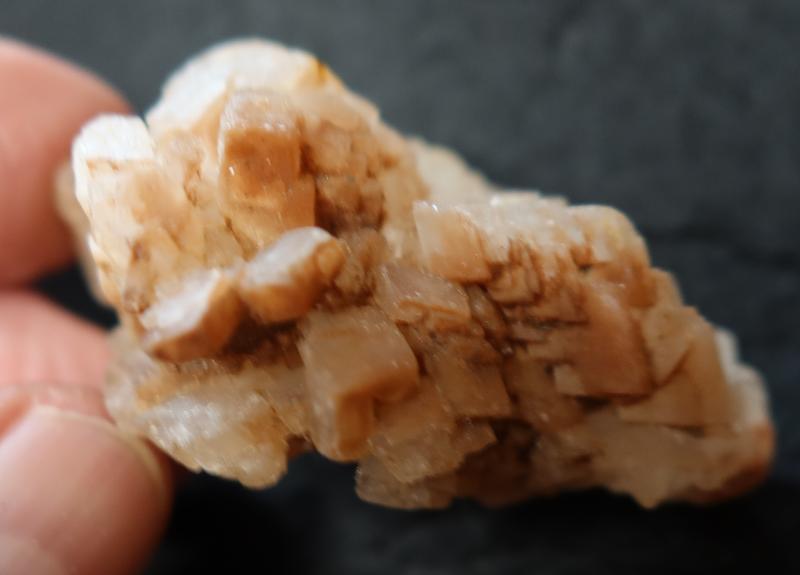
Mineral 12
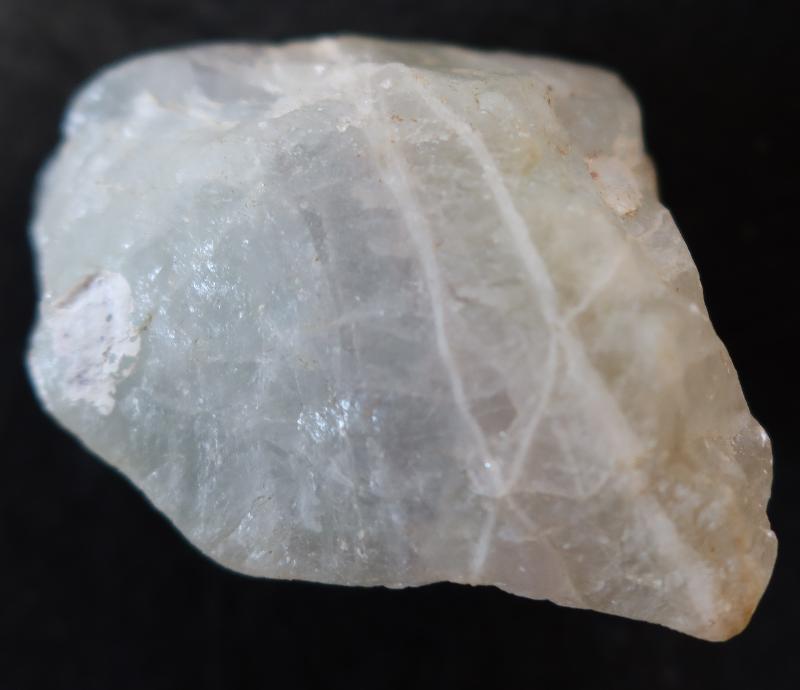
last updated 4/23/2023. Text and pictures are the property of Russ Colson.